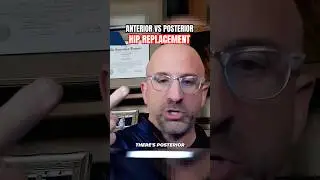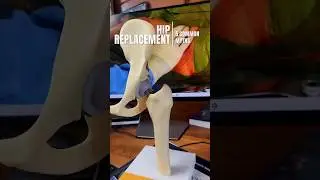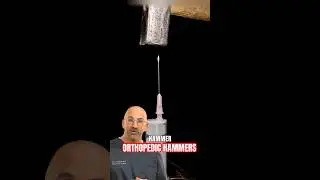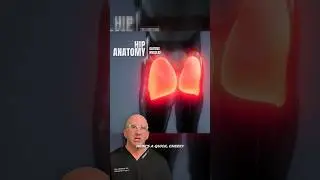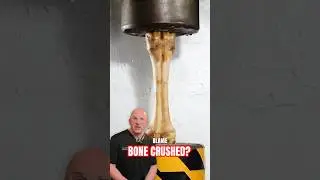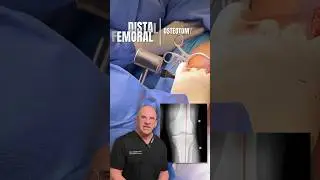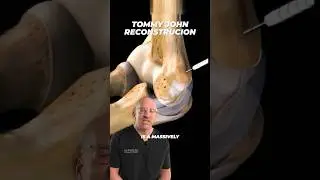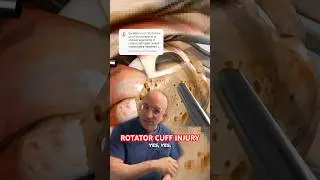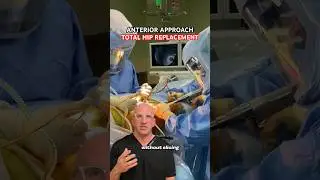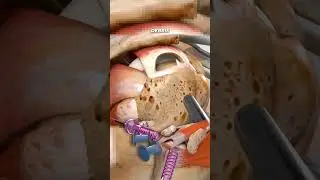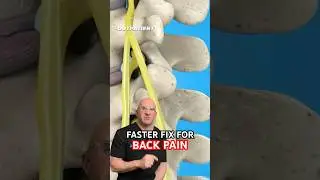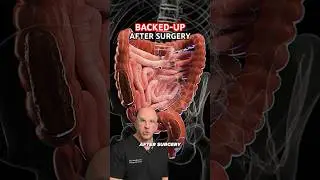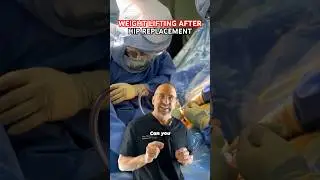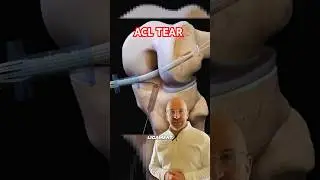Funnel Chest - Don’t Blame the Goats 🐐
Approximately 95% of congential chest wall anomalies are attributed to pectus deformities, with pectus excavatum being the most common. #PecutsExcavatum is a depression of the anterior chest wall results in a "funnel chest". While the defect involves the third to seventh costocartilages or ribs, the most severe aspect of the deformity occurs in the area of the xiphisternum. Although the deformity may be symmetrical, it is more commonly asymmetrical and may involve other aspects of the thorax.
A pectus deformity may be appreciated in an infant at birth or develop it later during childhood. Several hypotheses exists regarding the underlying etiology that results in pectus excavatum. The funnel-formed chest anomaly has been attributed to a weakness and abnormal flexibility of the sternum, overgrowth of the ribs, and developmental failure of the bony thorax.
Regardless of the mechanism, the result is depression and dorsal deviation of the sternum and adjacent ribs or costal cartilages of varying degrees. Although a specific genetic defect has not been identified, a genetic predisposition is supported by the presence of a positive family history in more than 40% of cases.
In 1998, D. Nuss described a minimally invasive procedure for surgical repair of Pectus excavatum. The Nuss procedure is still considered as the “gold standard”, and has experienced numerous modifications such as routine thoracoscopy and/or sternal elevation, increasing safety of the procedure. Placement of multiple bars and the so called cross-bar technique were introduced to correct complex chest wall deformities. Standardized pain management, cryo-analgesia and standardized postop PT programs including deep breathing exercises facilitate the establishment of an enhanced recovery process. Widespread use of the minimally invasive repair of pectus excavatum procedure has been associated with some serious complications (w/ bar placement and removal).
.
Current developments in minimally invasive repair of pectus excavatum should include the routine use of thoracoscopy as well as intraoperative sternal (breast bone) elevation technique to improve the safety of the procedure and to avoid near-fatal complications such as cardiac injury. The majority of pectus surgeons perform the procedure in adolescent #pectus excavatum patients with a median age of 15 yrs. Preop assessment should include allergy testing, in particular in #pectus patients with personal or family history of metal allergy. Individualized surgical repair is mandatory for pectus excavatum patients presenting with complex chest wall deformities. With concomitant bilateral costal flaring and/or depression of the lower part of the chest wall, cross-bar insertion technique is recommended for surgical repair in order to achieve excellent cosmetic results.
Смотрите видео Funnel Chest - Don’t Blame the Goats 🐐 онлайн, длительностью часов минут секунд в хорошем качестве, которое загружено на канал Bone Doctor 14 Август 2024. Делитесь ссылкой на видео в социальных сетях, чтобы ваши подписчики и друзья так же посмотрели это видео. Данный видеоклип посмотрели 16,712 раз и оно понравилось like посетителям.








